Want to buy a new Android phone but confused by a market full of options? Smartphones have become an integral part of life. Every day, people spend hours on a hand-held device that can connect to the internet and relay an endless stream of information. However, as companies release more models, choosing an ideal phone is becoming difficult. Additionally, the factors to consider while purchasing a new phone can overwhelm buyers.
Some common specs to check before investing in an Android phone include the screen size/type, chipset, cameras, battery capacity, and user interface. These specifications keep changing as users browse through different phones. For example, the Pixel 7 seriers comes with Google’s Tensor chipset and runs stock Android, whereas the Galaxy S23 lineup uses Qualcomm’s Snapdragon 8 Gen 2 for Galaxy and runs One UI. To help buyers make an informed decision, here’s a list of the six best Android phones to consider in 2023.
Related: 5 iPhone Features Apple Killed — And Android Followed Suit
6 Google Pixel 6a
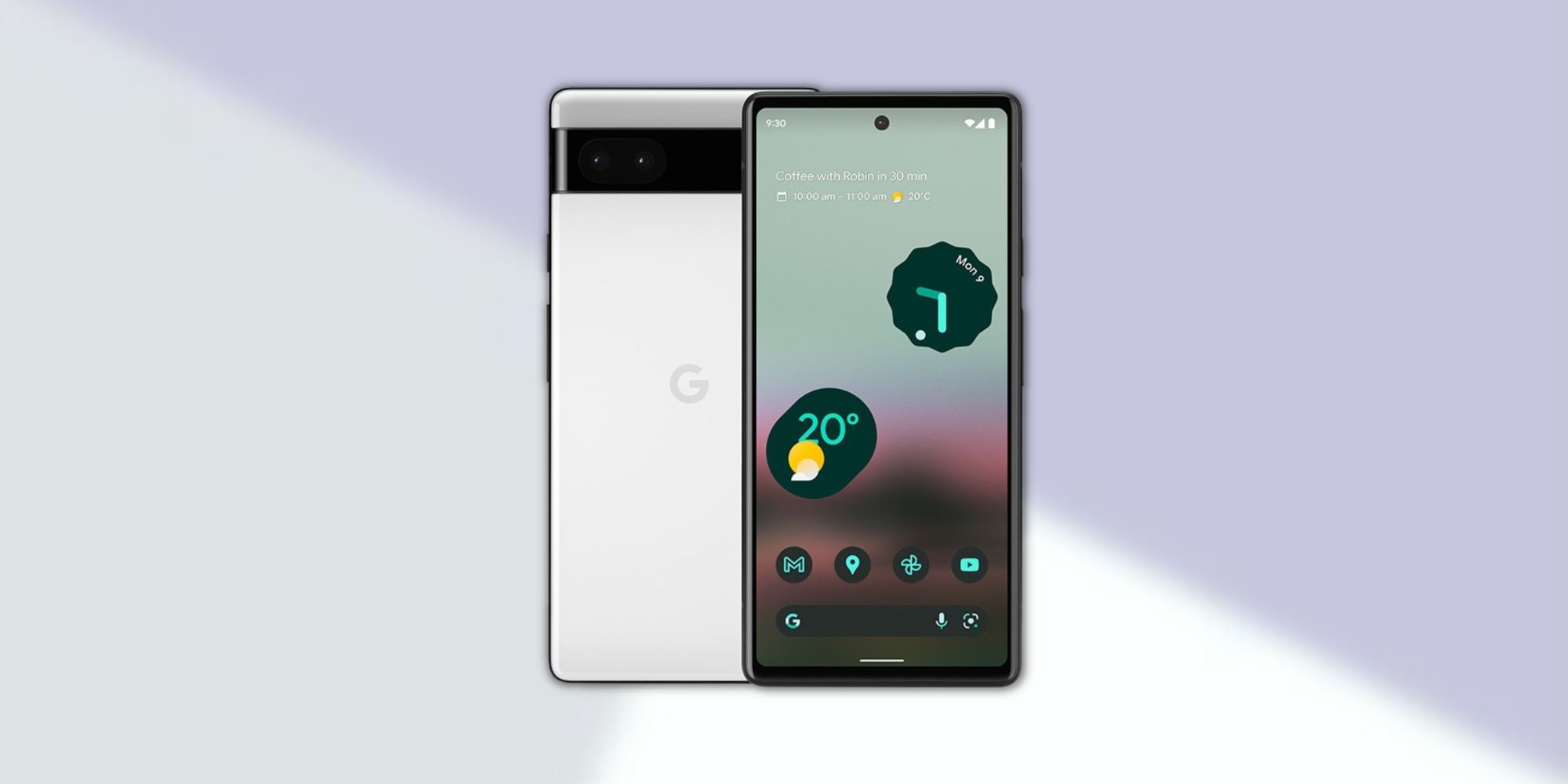
Available at $299 on the Google Store, the Pixel 6a comes in three finishes, including Charcoal, Chalk, and Sage. The phone resembles the Pixel 6, and features a sharp 6.1-inch OLED screen with a 60Hz refresh rate. Powering the device is Google’s Tensor G1 (5nm) chipset, along with 6GB of RAM and 128GB of storage.
The Pixel 6a has a 12.2MP (f/1.7) primary camera and a 12MP (f/2.2) ultra-wide camera. In the front, users get a 12MP (f/2.0) selfie camera. Regarding connectivity, Pixel 6a has Wi-Fi 6e, Bluetooth 5.2, and a Type-C port. There’s a 4,410mAh battery that supports up to 18W wired charging. Out of the box, the phone runs the latest version of Android. Overall, it is one of the most balanced phones available in the segment.
5 Asus Zenfone 9
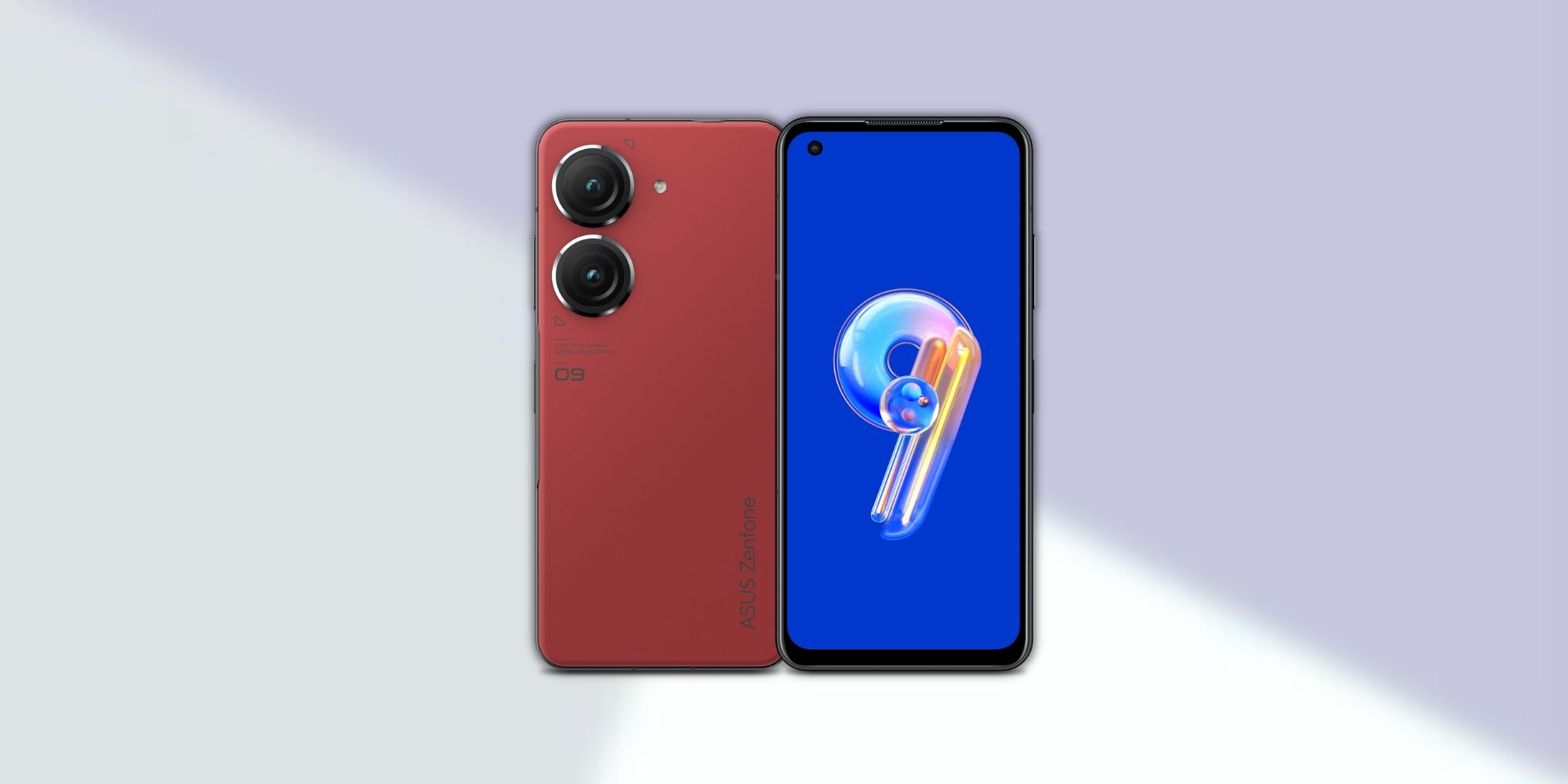
Next on the list is the $699 Asus Zenfone 9. For its price, the smartphone offers a 5.9-inch Super AMOLED 120Hz screen protected by Gorilla Glass Victus. Under the hood, the flagship features the Qualcomm Snapdragon 8+ Gen 1 SoC (4nm). It comes in several memory and storage variants, including 8GB + 128GB, 8GB + 256GB, and 16GB + 256GB. Even though the Zenfone 9 is a small phone, it offers powerful performance.
To capture photos and record videos in 8K, users get a 50MP (f/1.9) primary camera, a 12MP (f/2.2) ultra-wide camera, and a 12MP (f/2.5) selfie shooter. For connectivity, there’s Wi-Fi 6e, Bluetooth 5.2, and a Type-C port which charges the 4,300mAh battery at 30W. Additionally, buyers get stereo speakers, a side-mounted fingerprint scanner, and the option to choose from four different finishes, including Starry Blue, Moonlight White, Sunset Red, and Midnight Black. Unfortunately, the phone doesn’t offer wireless charging, which might be a dealbreaker for some.
4 Samsung Galaxy Z Flip 4
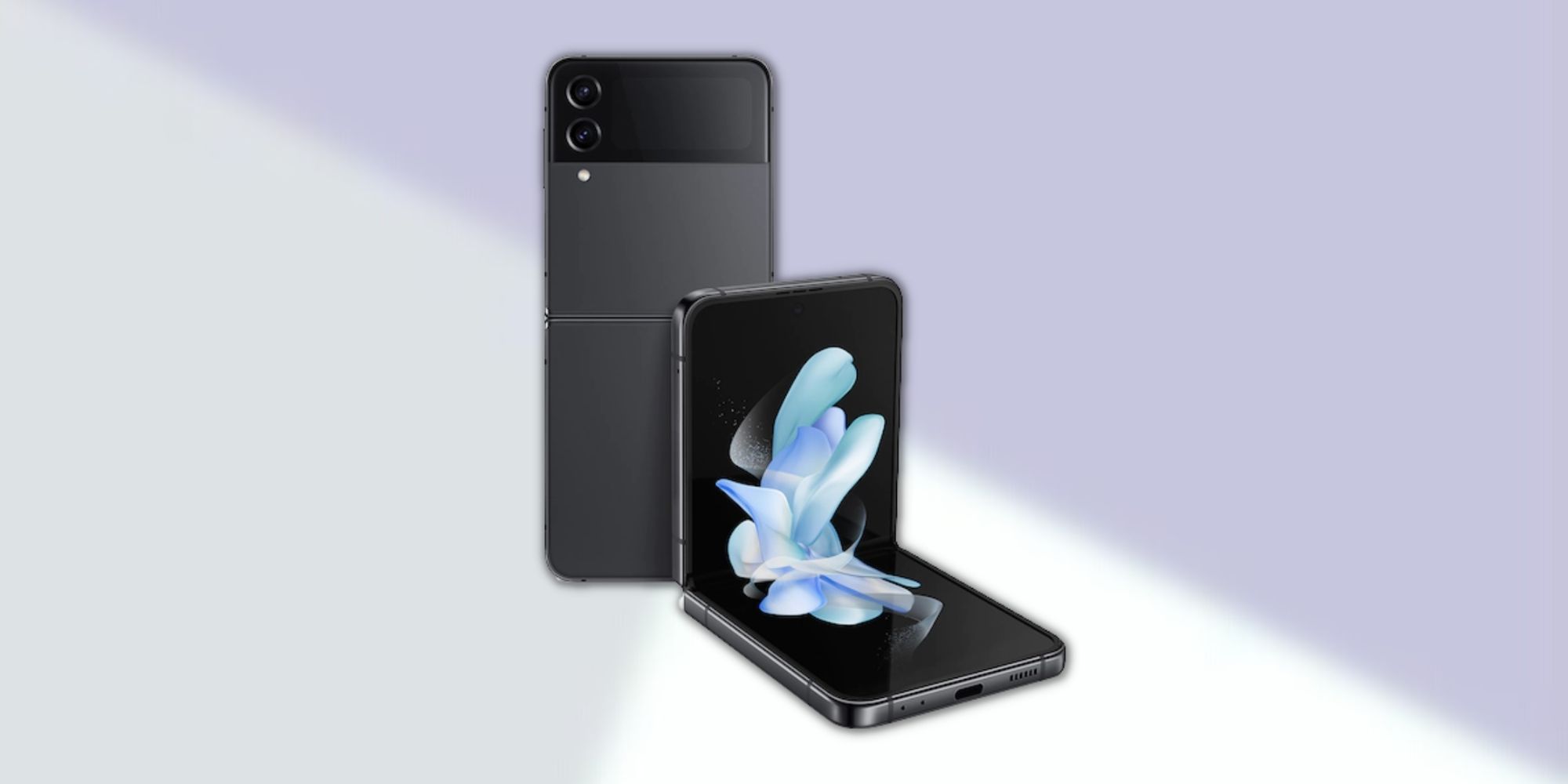
The $999 Samsung Galaxy Z Flip 4 is among the most popular foldable phones. The clamshell phone’s main selling point is its 6.7-inch Dynamic AMOLED 120Hz screen that folds in half. Once the phone is closed, buyers can use the 1.9-inch Super AMOLED cover screen. It’s the perfect example of how smartphones have evolved over the years. Samsung has used a Snapdragon 8+ Gen 1 (4nm) SoC for the Flip 4 and combines the chipset with 8GB of RAM and 128GB, 256GB, or 512GB of storage.
The rear cameras comprise two 12MP sensors, one standard and one ultra-wide. In the front, users get a 10MP (f/2.4) selfie shooter. Along with a side-mounted fingerprint sensor, the phone has a 3,700mAh battery that supports 25W wired and 15W wireless charging. The foldable phone features Wi-Fi 6, Bluetooth 5.2, and a Type-C port for connectivity. Barring the below-average battery life, the Galaxy Z Flip 4 ticks most boxes for a mainstream Android flagship.
3 OnePlus 11
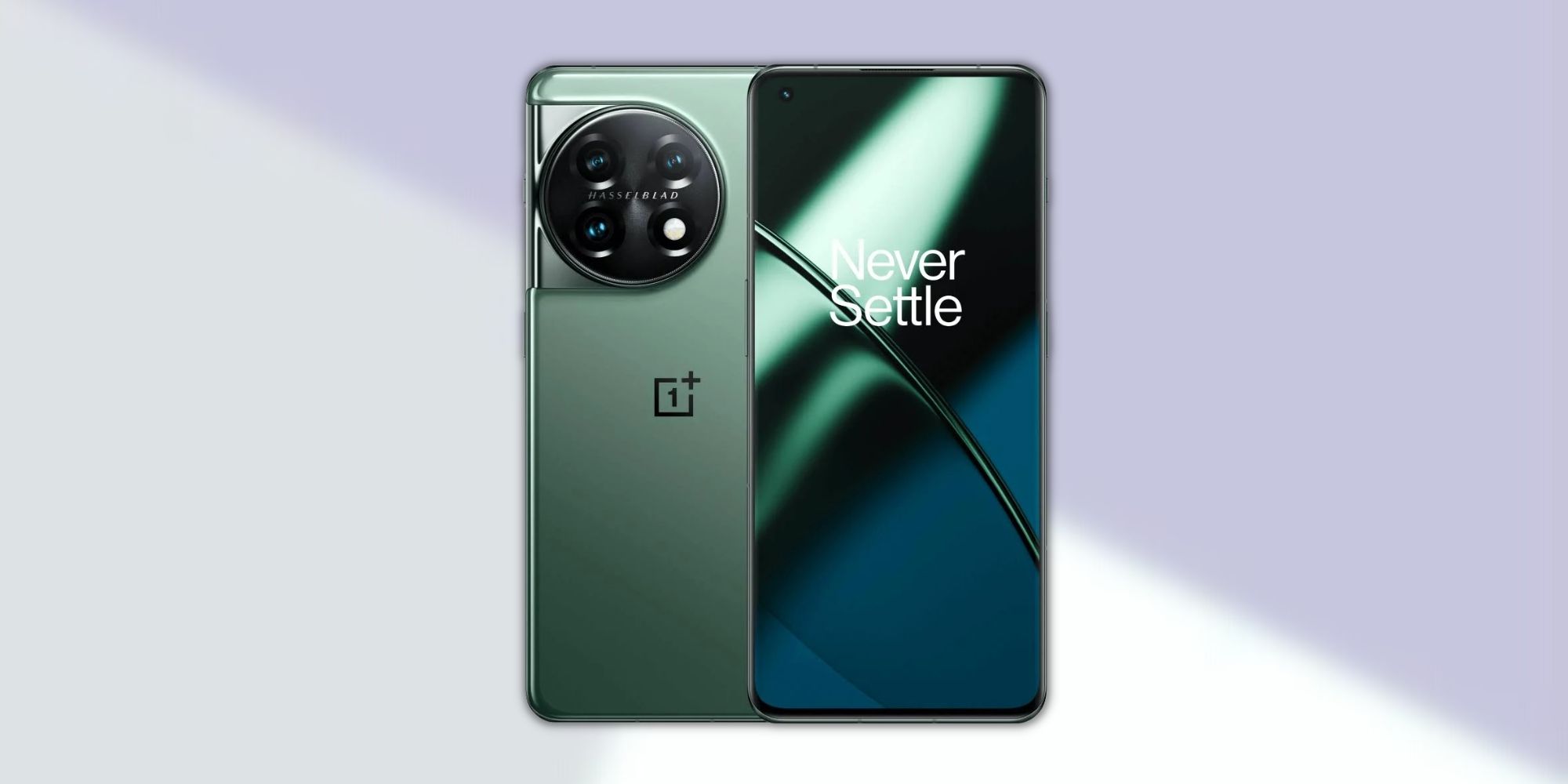
Securing the third position on the list is the OnePlus 11. At $699, the smartphone offers a 6.7-inch QHD+ AMOLED display with LTPO 3.0 technology. OnePlus’ latest phone comes with Snapdragon 8 Gen 2 SoC (4nm). The company has equipped the phone with LPDDR5X RAM and UFS 3.1 storage to push the performance even further. As a result, the phone is good at multitasking, editing videos, and playing graphics-heavy video games. The available configurations include 8GB + 128GB and 16GB + 256GB.
The OnePlus 11 features a triple-camera system capable of shooting 8K, which includes a 50MP (f/1.8) primary sensor, a 48MP (f/2.2) ultra-wide sensor, and a 32MP (f/2.0) telephoto sensor with 2x optical zoom. Although the OnePlus 11 and Galaxy S23 are similar, the former features Wi-Fi 7, a larger 5,000mAh battery, 80W fast wired charging, and even comes with a charger on the box. Additionally, the Galaxy S23 costs $100 more than OnePlus 11. There are a few downsides though – the phone doesn’t feature wireless charging and an IP68 water-resistance rating.
2 Google Pixel 7 Pro
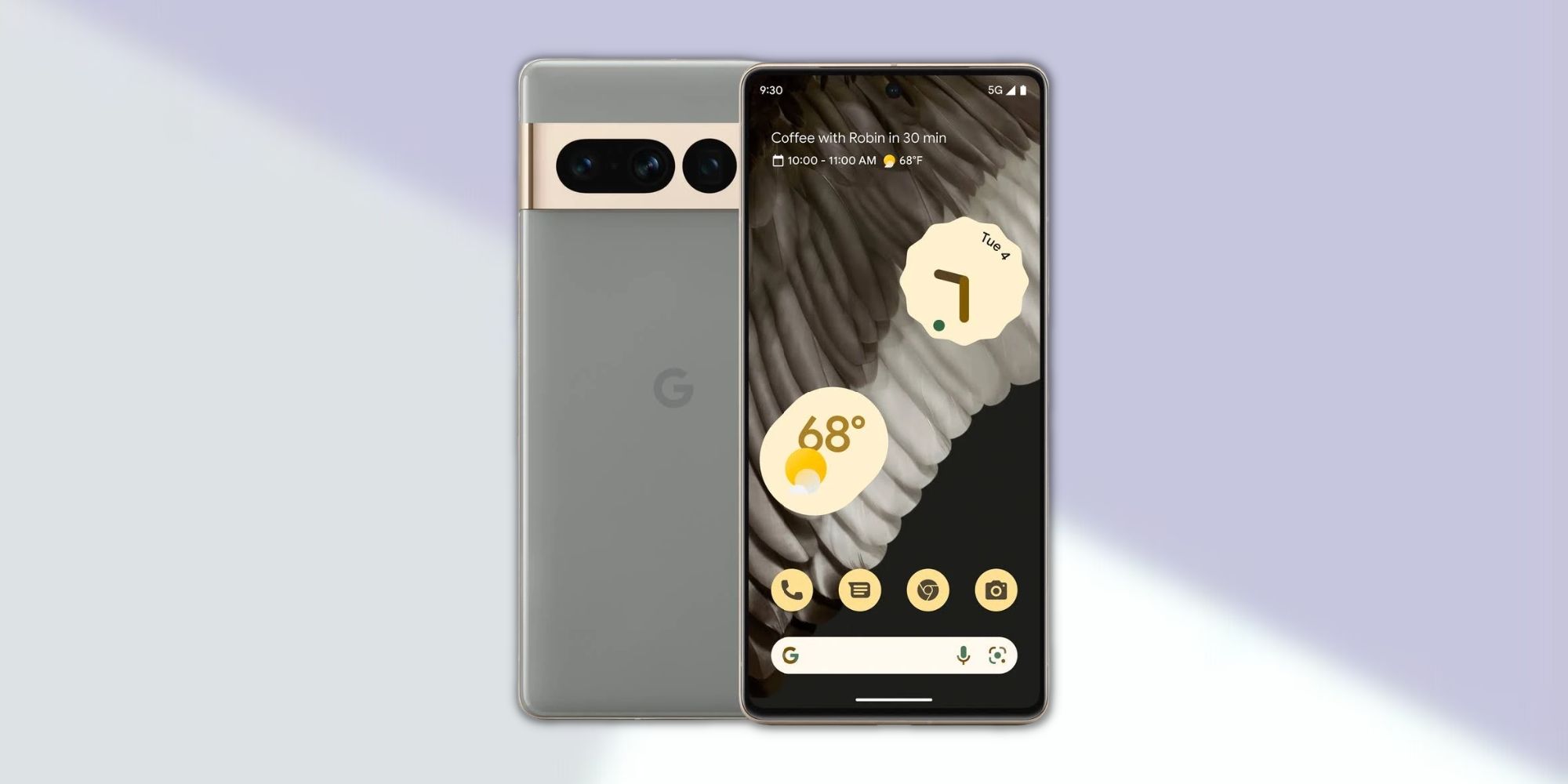
With a 6.7-inch AMOLED 120Hz screen, a Google Tensor G2 (5nm) chipset, and a capable triple camera setup, the Pixel 7 Pro comes in second place. Although the phone’s processor isn’t as powerful as the OnePlus 11 or the Galaxy S23, it unlocks some nifty features for the triple-camera setup. For example, the Magic Eraser feature removes distractions from a picture, and the Photo Unblur feature sharpens old, blurry images.
The Pixel 7 Pro has one of the most versatile camera systems on a smartphone, including a 50MP (f/1.85) primary sensor, a 48MP (f/3.5) telephoto sensor with 5x optical zoom, and a 12MP (f/2.2) ultra-wide sensor. With these sensors, the phone offers Macro Focus and Super Res Zoom of up to 30x. Besides the camera-centric features, the Pixel 7 Pro has a 5,000mAh battery that supports up to 23W wired and wireless charging, 12GB of RAM, and up to 512GB of storage. With its comparatively affordable price of $749, the Pixel 7 Pro is the ideal choice for camera enthusiasts on a budget.
1 Samsung Galaxy S23 Ultra
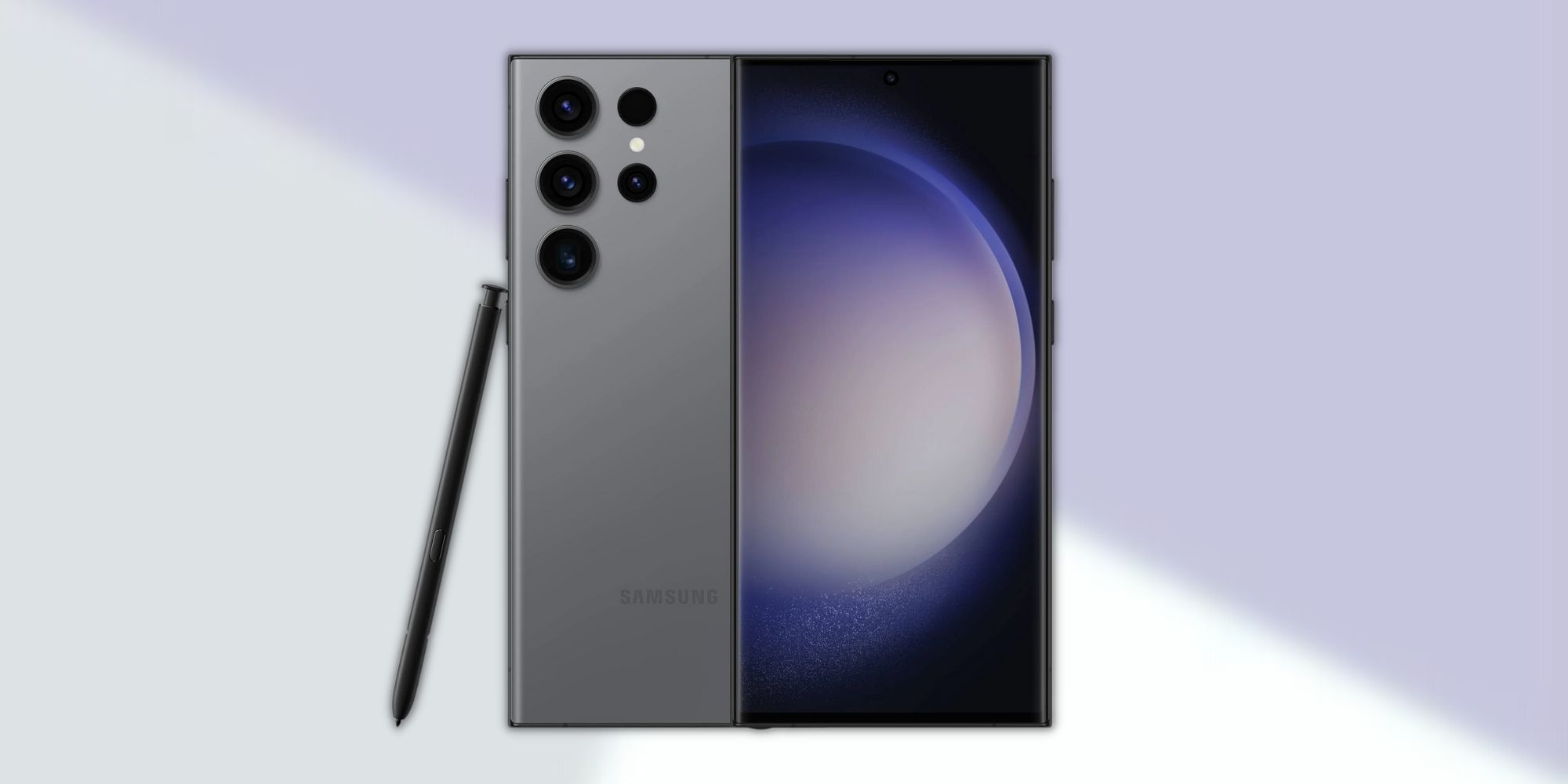
For several reasons, the $1,199 Samsung Galaxy S23 Ultra is the best Android smartphone in 2023. Whether it’s the 6.8-inch Dynamic AMOLED 120Hz display protected by Gorilla Glass Victus 2 or the Snapdragon 8 Gen 2 for Galaxy (4nm) SoC, the phone is ahead of others in every aspect. The smartphone’s base variant has 8GB of RAM, while the higher variants come with 12GB of RAM. Samsung also provides up to 1TB of onboard storage. What makes S23 Ultra so unique is the built-in S Pen that allows buyers to use productivity tools.
For photography enthusiasts, it comes with a 200MP (f/1.7) primary sensor, two 10MP sensors for optical zoom up to 3x and 10x, and an ultra-wide sensor with 12MP resolution. With capable hardware and optimized software, the Galaxy S23 Ultra is among the only smartphones that can capture usable photos of the moon with its 100x Space Zoom feature. Other specifications of the phone include a 5,000mAh battery that supports 45W wired charging and 15W wireless charging, an under-display fingerprint scanner for security, and Wi-Fi 6e for wireless connectivity.





